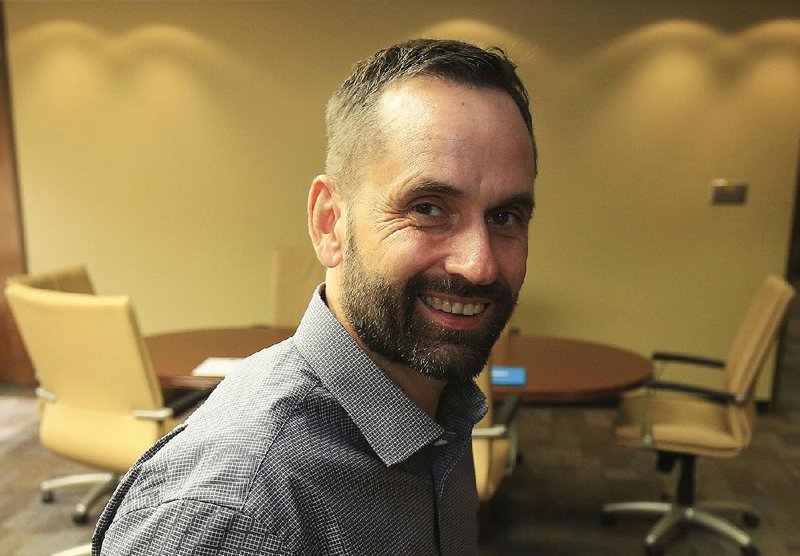The Pulaski County Special School District intends to hold school in multiple ways for its 12,000 students in the coming 2020-21 school year.
The district's Roadmap to Reopening framework -- approved by the district's School Board late Thursday night -- envisions not only providing a traditional on-campus five-day school week, but also a couple of fully online instructional delivery options that require almost no on-campus attendance, and a "blended learning" choice in which students will attend school two days a week and work online from their homes the other three days.
The Pulaski County Special district, and districts and charter school systems statewide are doing special planning for the coming school year to be prepared in case there is an outbreak of covid-19 in their schools and it becomes necessary to close one or more of their campuses.
Pulaski County Special district students who choose to work remotely, either full time or part time, can elect to do so in concert with their classmates and assigned teachers or at their own pace using recorded lessons and other resources, Superintendent Charles McNulty has said.
The blended or fully remote options enable teachers to simultaneously teach and interact with students who are physically in their classrooms, as well as their students who are online, McNulty said in an interview.
The mix of instructional delivery options is possible because of the learning management and online learning systems that the district will use. Some of those include Schoology, Edgenuity and Google Classroom, he said.
"It is the desire of the district to maintain a safe environment for all of our students while providing a rigorous academic experience where students are able to interact with their teachers daily," the new framework states.
Extracurricular activities will be provided to the extent allowed by state health and safety guidelines, according to the framework.Social and emotional support for students is another component for the coming year.
Advanced Placement courses for older students using the Shmoop preparation program, and after-school care for the younger ones are also being planned -- even though all the details are still being worked out.
District leaders who distributed the Roadmap to Reopening plan to the staff and parents Friday say they crafted it based on feedback from teachers, parents, community members, medical professionals and others.
McNulty and his senior-level staff cited the results of recent parent surveys in which more than 3,200 respondents said they would prefer on-campus instruction five days a week -- with personal protective equipment such as masks and face shields.
Another 3,500 respondents said they would prefer that their children attend school for a few days a week and work from home on alternate days. Hence the blended learning option in which students might attend school on Monday and Tuesday, or on Thursday and Friday, with Wednesday being a half day for all students to allow time for school cleaning.
"We're going to do what everybody wants, not just what the majority wants," School Board member Eli Keller said.
The Roadmap and the planning around it delves into safety components, including the wearing of masks, which will be expected for students and required for the district's professional employees, McNulty said.
"We don't see that as a political issue but a health issue," he said. "We completely understand a family's rights and respect those rights but, in school, we have a health focus, and so we expect our young people, our children, our students to follow our health guidelines," he said.
The district's framework includes sections on student, staff and visitor screenings upon entering a school, bus, arrival and dismissal times, and student meals.
"Cafeterias will operate at 50 to 66 percent capacity as feasible to account for physical distancing during meal times, the plan states. "Alternative locations such as classrooms or larger seminar rooms may be used to support physical distancing as well as staggered lunchtimes."
Other sections of the plan focus on serving students with special needs, campus cleaning protocols, and what to do if students become ill or test positive for the covid-19 virus.
